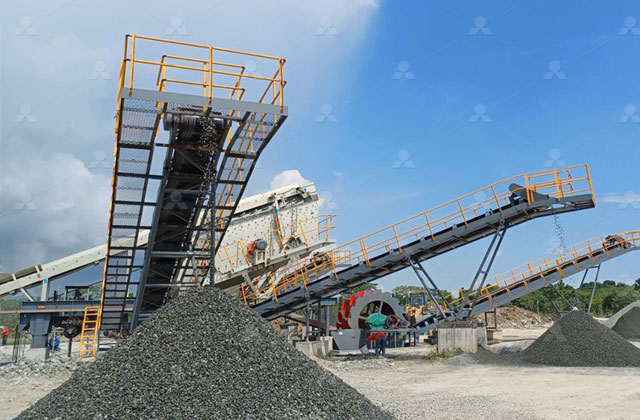An aggregate production screening system plays a vital role in the processing of raw materials in construction, mining, and quarrying industries. Its primary function is to classify materials based on size, separating fine particles from coarse aggregates. This system ensures that only material meeting specific gradation requirements continues to the next phase of production. Whether producing concrete, asphalt, or road base materials, an effective screening system boosts productivity, reduces waste, and helps meet quality standards for end products.
The system typically comprises vibrating screens, feeders, conveyors, and sometimes washing units, all integrated into a streamlined flow. Vibrating screens, the core of the system, are designed with decks containing meshes of different sizes. As raw aggregate passes through, the vibration helps stratify and separate the material by size. Feeders control the flow rate of material into the screens, ensuring consistent and even distribution. Conveyors then transport the sorted materials to different stockpiles or crushers for further processing.

Modern screening systems are highly customizable and automated, often equipped with sensors and control panels for precision and efficiency. Adjustments can be made to screen mesh sizes, vibration frequency, and feed rate to handle different materials such as sand, gravel, crushed stone, or recycled concrete. This flexibility allows producers to optimize output based on project requirements and market demand. Moreover, mobile and modular screening systems offer added versatility, making them suitable for temporary or remote job sites.
Efficient screening not only improves productivity but also contributes to the longevity of crushers and other equipment downstream. By removing fines and ensuring only appropriately sized materials are passed along, the system minimizes wear and tear. Additionally, proper screening reduces material loss and the need for reprocessing, cutting down operational costs and improving the overall environmental footprint of the production process.
In conclusion, a well-designed aggregate production screening system is essential for achieving high-quality, cost-effective material output in construction and mining operations. Its ability to separate and classify materials ensures the final products meet technical specifications and project standards. With advancements in technology and automation, modern screening systems are more efficient and adaptable than ever, making them a critical component of any aggregate production line.
